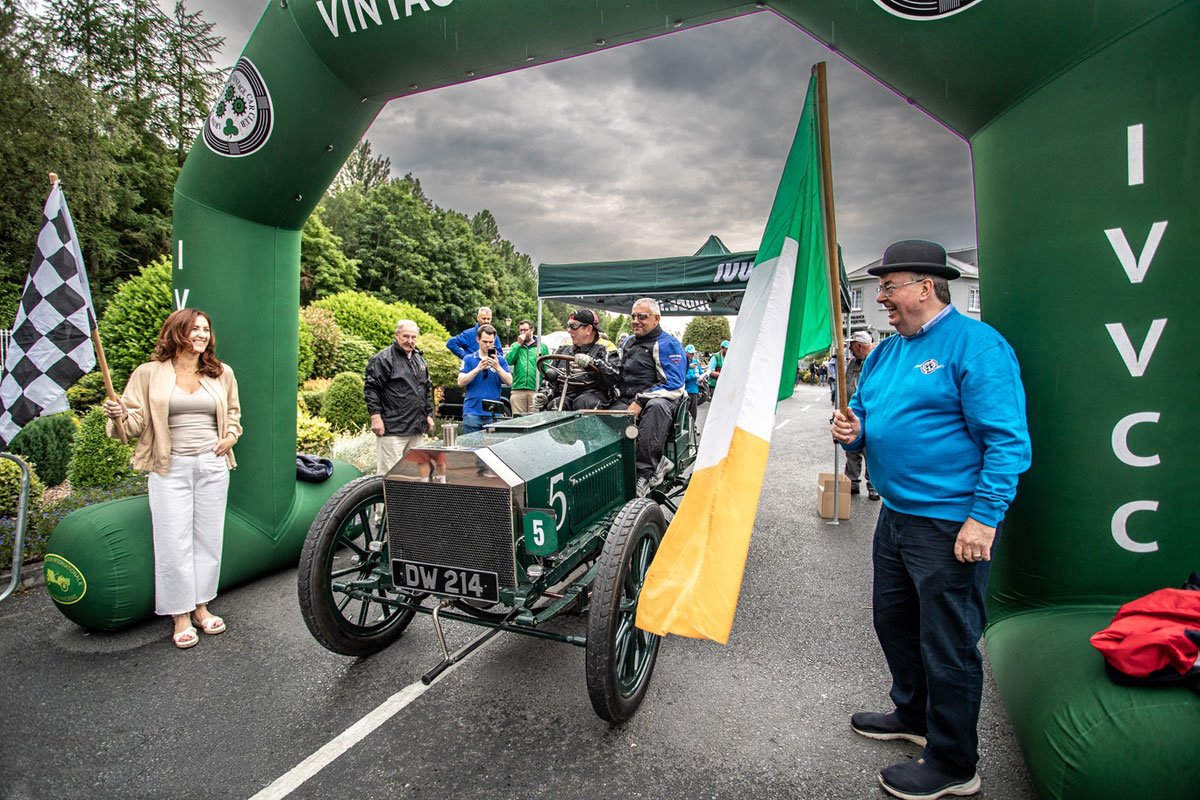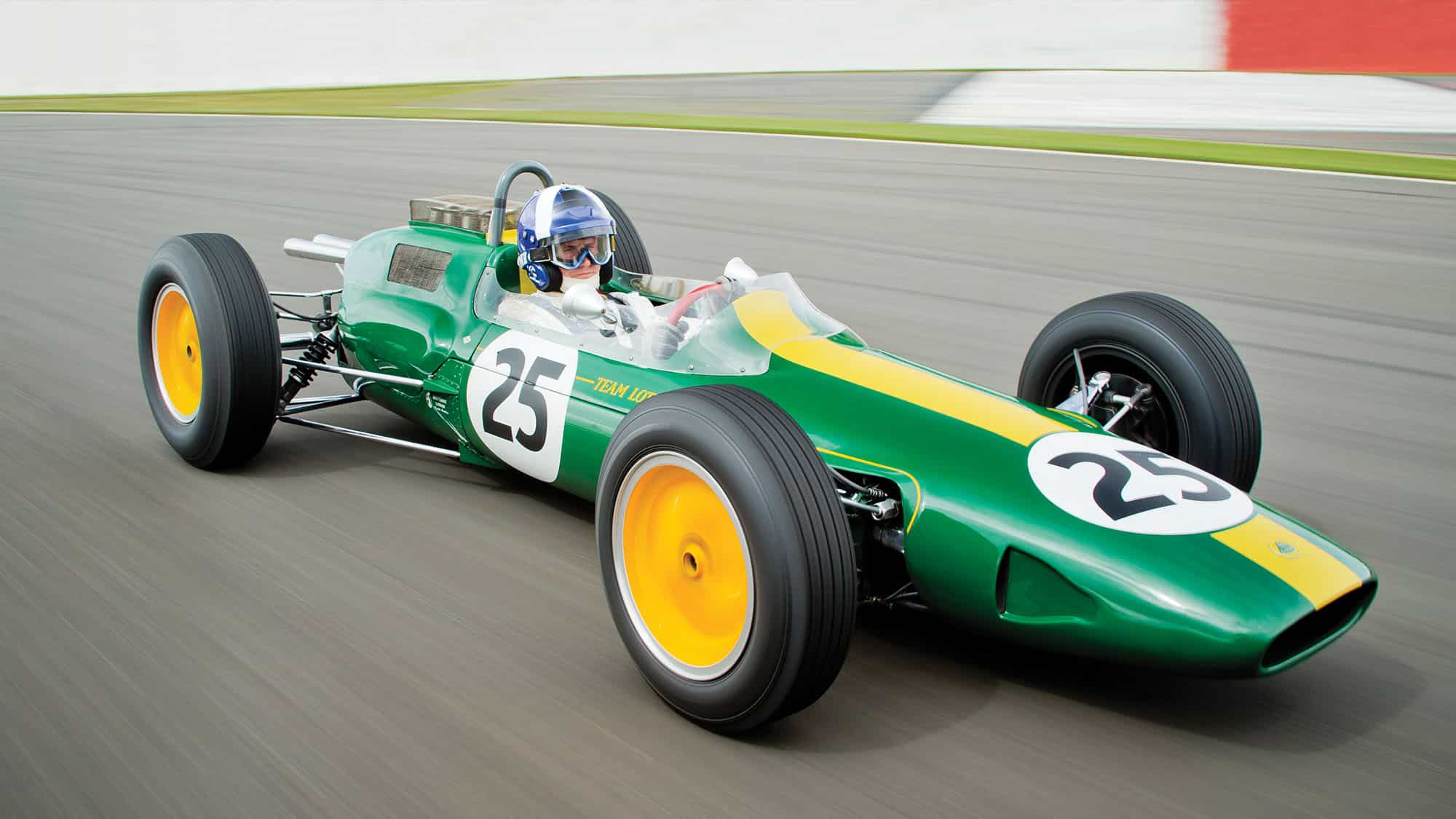Approach your car with a tin of green paint and a brush, and any right-thinking Irish person is likely to implore you to stop. Quite apart from the fact that you should never paint a car with a brush, there’s a problem with green and cars. The colour of St Patrick, and the Irish national shade is considered to be unlucky on a car.
Why, though? Green can often look absolutely terrific on cars. Compare an Audi A5 in a standard metallic grey to one in Audi’s stunning ‘Viper Green’ and you’ll probably reckon that the green car is by far the more desirable. Equally, the MG4 electric hatchback has never looked more desirable than in the Racing Green Matte of the recently-introduced 435hp XPower model. Green just looks great on cars, and that’s without even mentioning the famous green that was so dark it looked black from a distance, a colour exclusively painted onto the Lotus Carlton super-saloon of the 1990s.
Is it unlucky, though? There does seem to be a tradition in Ireland of regarding green cars as such. For many, it seems that they fear that the colour will blend in with the background hues of our countryside, making them harder to see and therefore more likely to be involved in an accident. That concern seems to have some logic behind it — after all, in the 1960s Saab developed a bright orange paint for some of its models because it felt that it was a colour which could be easily seen in foggy or murky conditions — but there’s no actuarial data to back that up. In fact, research suggests that black might just be the colour that’s most commonly involved in crashes, but even then there’s not enough correlation to suggest a direct link between colour and safety. The performance of the driver is of far, far higher importance.
Perhaps then it’s more historical. Racing Green was first used in 1903, for the Gordon Bennett Cup race, which was held in Ireland. With the United Kingdom team having won the 1902 Gordon Bennett race (the Edwardian equivalent of the Formula One World Championship, more or less) which was between Paris and Innsbruck in Austria, it fell to the UK to host the 1903 event. However, there was a hitch — the law at the time forbade closing British roads for racing, but as it happened there was a loophole which meant that the same law did not apply in Ireland. And so the 1903 Gordon Bennett would be run on a closed course of roads between Carlow, Stradbally and Kildare (much of the current N-road network in those areas covers the same routes, incidentally).
As a mark of respect for Ireland hosting the race, the British team painted their Napier cars a vibrant Shamrock Green — and so Racing Green was born, and you can quietly point out to anyone who claims it to be British Racing Green that it’s actually Irish.

Is this where the unlucky stigma comes from, though? Having scored a dominant win in 1902, the British team was nowhere on Irish turf, with the 1902 victor Selwyn Edge actually being disqualified for ‘receiving outside assistance.’ The winner in 1903 was Belgium’s Camille Jenatzy — nicknamed The Red Devil for his fiery red hair and beard — aboard a Mercedes, inaugurating a winning way for the German company that continues to this day. The rest of the British team ignominiously retired from the event — Charles Jarrot’s car developed steering issues and ended up in a ditch, while JW Stock’s car was involved in a collision.
So Racing Green is unlucky, therefore green must be an unlucky motoring colour? Well, possibly. The legend of unlucky green was further built upon by incidents far more tragic than the mere loss of a race. In 1910, at the New York State Fair in Syracuse, the Knox racing car of star driver Lee Oldfield — painted green — smashed into the crowd, killing many spectators. A decade later, Gaston Chevrolet — brother of Louis, and co-founder of the famous American car brand — perished at the wheel of his — inevitably green— car at the Beverly Hills Speedway, in a smash which also claimed the lives of two more people: Eddie O’Donnell and O’Donnell’s riding mechanic, Lyall Jolls.
Those two fatal incidents seem to have created a deadly lore about green racing cars in the US, to the point where in the 1970s, NASCAR racer Tim Richmond flatly refused to race a green car painted in the colours of team sponsor Folger’s Coffee, until the car was repainted red and white.
Of course, superstition is just that — superstition, and there’s as much evidence of green racing cars being enormously successful. Take Bentley’s domination at Le Mans in the 1920s for example. Or Lotus and Brabham trading race wins and F1 world titles in the 1960s before sponsors’ colours took over. In fact, you could make an argument that green racing cars are actually luckier; famously, F1 World Champions Jim Clark and Jochen Rindt both died at the wheels of Lotus racing cars, but neither were green — both were in fact painted in the red, gold and white of Golf Leaf cigarettes, the first tobacco sponsor in Formula One.

Actually, the whole green-is-unlucky thing extends way beyond motoring. The colour has an unlucky association in the theatre too, and there are those who reckon that the use of deadly arsenic to create green dye may be at the root of why we think of it as being unlucky.
Noted colour psychologist Karen Haller has said: “Any colour can be seen as lucky or unlucky. It can be a belief held by a nation or it could be down to a personal association or memory. Rather than superstition, giving symbolic meaning to a colour is our human way of seeking meaning within our environment, our society and our daily life.”
So, it’s probably perfectly safe to drive and own a green car. It’s extremely unlikely that anything bad will befall you, and utterly silly to think that — if anything bad does happen — that it happened because of the colour. So enjoy your Viper Green, your Mamba Green (that’s from Skoda), your Racing Green Matte (from MG), your Experience Green (from Kia) and even Irish Green (an official Porsche colour). Maybe just avoid black cats and broken mirrors, for a couple of days, just to be on the safe side.
Above all, enjoy St Patrick’s Day. Lá Fhéile Pádraig sona duit.